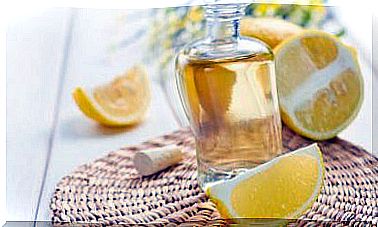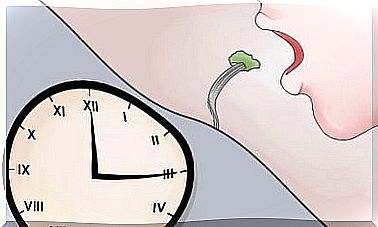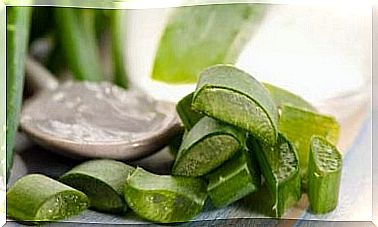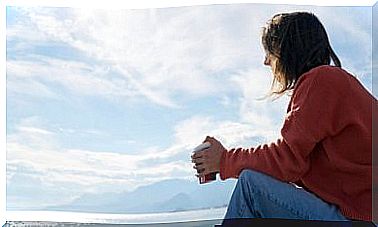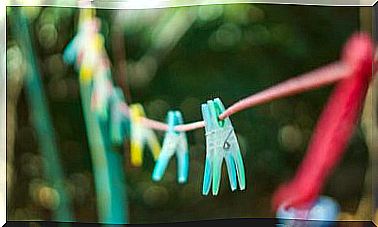How To Treat Styes With Natural Remedies
Remember that all the instruments you use, such as gauze or droppers, must be sterilized to avoid further infections.
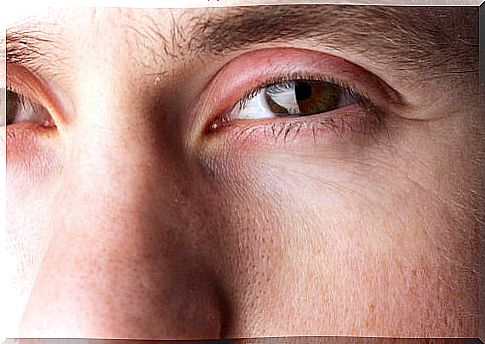
Have you ever had one or more styes? If so, you know how annoying they can be, even if they don’t cause severe pain. Now, do you know why they originate and what you should do to alleviate them?
Next we will tell you what you should know about styes and some natural remedies to alleviate them. Take note of them!
What is a stye?
According to experts from the American Academy of Ophthalmology, a ‘stye’ is defined as a small, red bump that grows at the base of the eyelash or under the eyelid, causing pain. Styes are usually caused by a bacterial infection.
When styes appear, it is not advisable to manipulate them with the aim of ‘squeezing them’, or otherwise, we can worsen the problem and mistreat the area to a great extent.
It is best to maintain good hygiene and avoid touching your face constantly (and if you have to, try to wash your hands before and after, to avoid spreading the infection to the other eye, as is also recommended in case of conjunctivitis). Of course, in case of doubts we can always consult with the doctor.
Next, we will tell you about the natural remedies that, in the popular sphere, are usually recommended for the relief of itching and swelling caused by styes.
Natural remedies to relieve styes
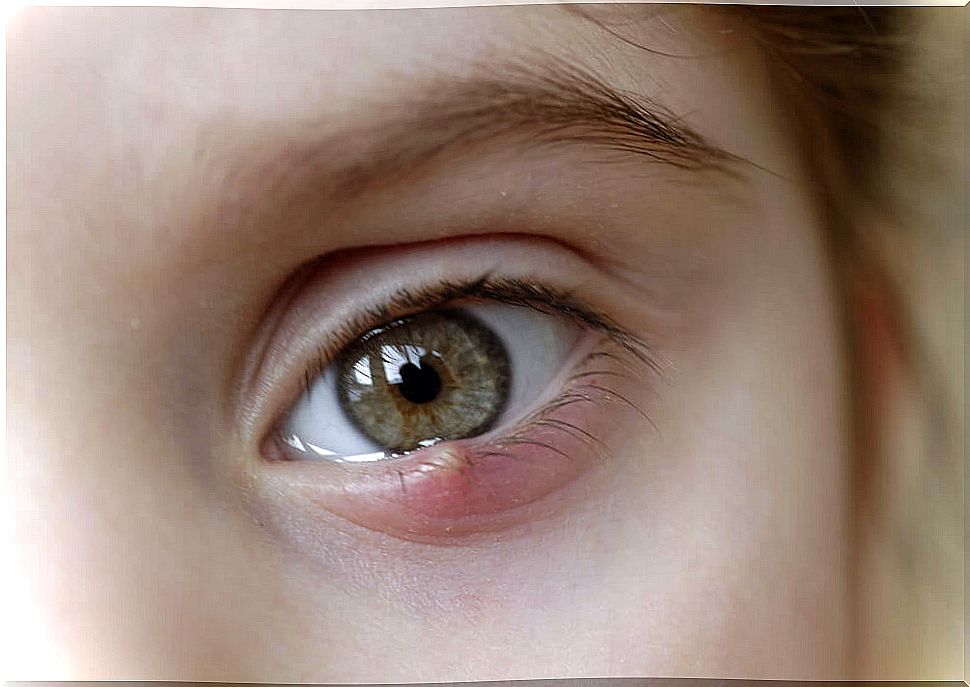
Compresses with hydrostates
We can use herbs and medicinal plants. However, as the eyes are very sensitive, we recommend choosing ecological hydrolates. These are obtained from the distillation of plants in the process of extracting essential oils.
The hydrolates with the remaining water contain the water-soluble elements of the plant, trace elements and a small amount of the essential oil. They can be combined with each other, and it is recommended to use them by moistening a sterile gauze and applying it to closed eyes, as a compress.
To prepare an anti-inflammatory compress we can use the infusion of:
- Roman chamomile (for stuffy eyes).
- German chamomile or feverfew (for irritated and congested eyes). Like Roman, it has anti-inflammatory properties, according to this study from Case Western Reserve University.
- White eucalyptus (for irritated eyes, styes, conjunctivitis). Its anti-inflammatory properties are supported in this study by the Arab American University.
- Lavender (for conjunctivitis and irritated eyelids). It is anti-inflammatory and antimicrobial, according to this study from the University of Mariingá (Brazil).
- The seed water of flaxseeds, as according to this study by Babasaheb Bhimrao Ambedkar University (India), have anti-inflammatory properties. For this reason, it is considered that they can be useful in relieving mild swelling, such as those that occur in the case of styes.
It is said that flax or linseed seeds should be soaked in very hot water, in order to loosen their mucilage. These are soluble fibers that have the property of swelling with water.
When the water is still hot, but at a temperature that does not burn us, we will moisten a sterilized gauze in the liquid, we will drain them and we will apply it on the closed eyelid with the stye. We will leave there for a few minutes and then discard the gauze. We will never use it to relieve the other eye, or else we run the risk of spreading the infection.
Compresses with black tea
According to a study published in 2017, there is a popular belief that black tea compresses can alleviate the swelling of styes. However, there is no scientific evidence on its effectiveness.
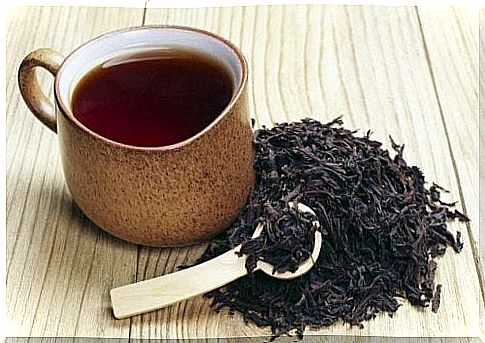
Salt water washes
In some places, it is said that salt water washes can help to ‘disinfect’ the skin of the face and especially the eyelid area, as well as alleviate the discomfort caused by styes.
However, ophthalmology experts recommend adhering to the recommendations provided by professionals and dispensing with this type of home remedy, since it has not been proven that they are effective.
Discover: 6 uses of salt water that you are going to love
In case of having styes, what is the most recommended?
If we have a stye and we want to alleviate the discomfort, we can resort – if the doctor authorizes it – to the aforementioned remedies. However, none of them can replace the treatment that the professional may guide once the respective evaluation has been carried out.
Once again, we must remember that, in the face of any infection or other health problem in general, it is best to consult with the family doctor and follow his instructions. He will know how to answer our questions and will guide us on the most appropriate treatment.
If we have vision problems, we must remember that the most appropriate thing is to have checkups with the ophthalmologist, periodically.
